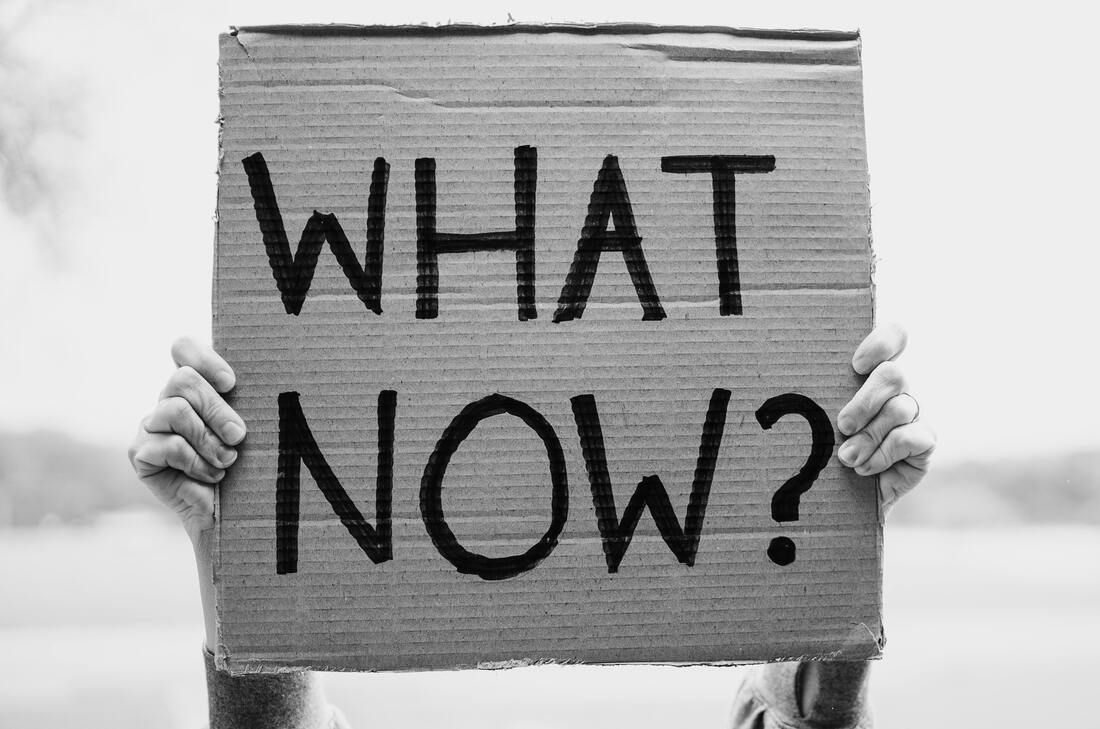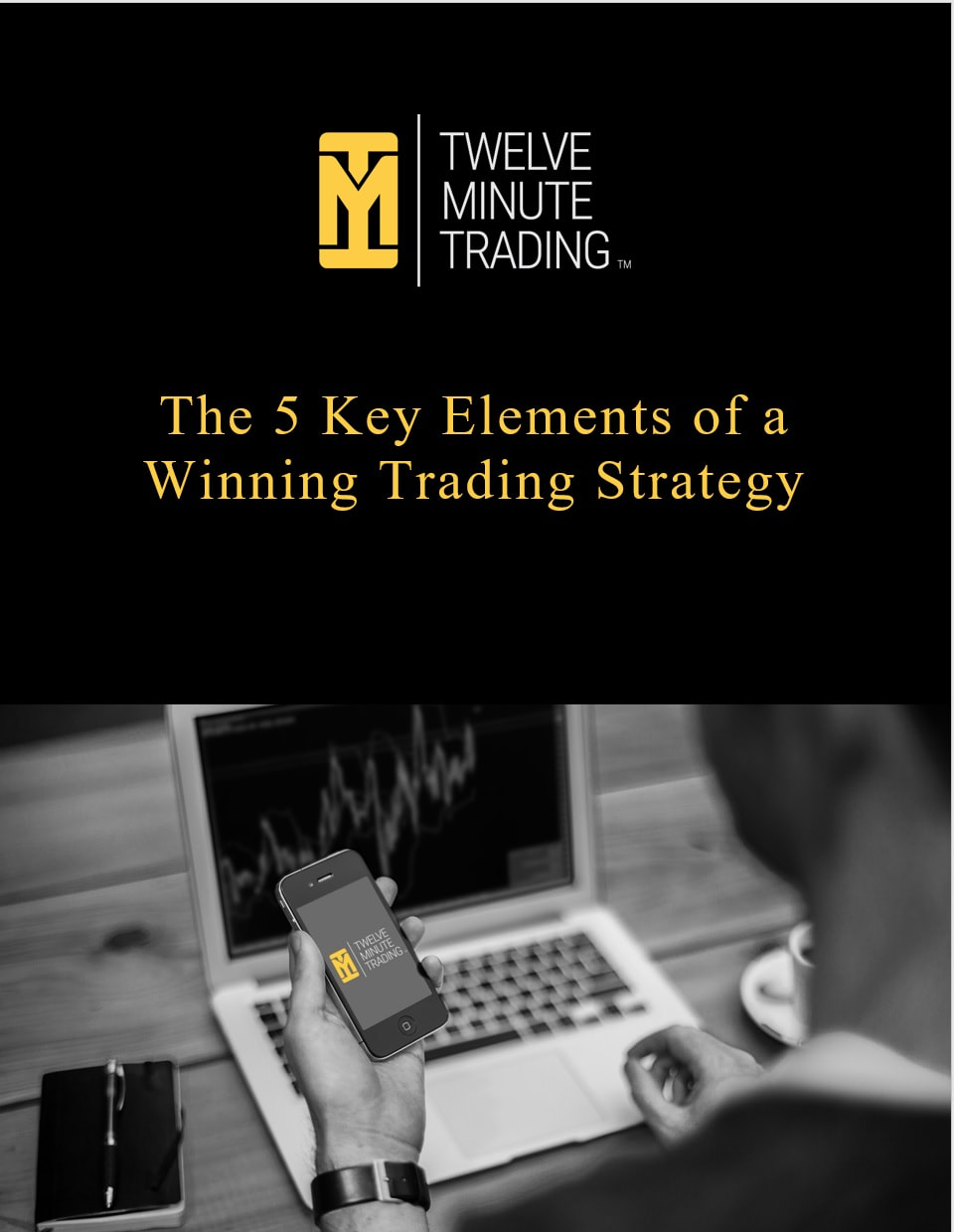|
When I was coming up through the ranks and trying to establish myself as an independent trader, I heard a mountain of advice directed to newer traders. Most of it was cataloged away in my mind with a “that sounds logical” footnote, but the problem with getting too much advice when you’re a n00b is that you don’t really have the experience to give it context.
And I would find that all that advice really was correct, if I had stopped to apply it. I suppose some things are better off learned experientially instead of by reading them. So after all this time, what advice would I want to pass along to others that were coming up through the ranks, as I did? Let me boil it down to the top three:
I’m sure that I have many more lessons that I’ve yet to encounter, but these are my top three for today! . In your corner……..Doc Severson Click Here to Get a Free 14-Day Trial of Doc and Dave's Services Ever been in a tough spot in the market, and the pain is so bad that you just want to pull the plug to make the pain go away? You can literally live and die with each tick in the market, depending on which way it goes.
And at the end of the trade, when you’re finally out of it and can think straight…did you notice that literally NOTHING that you did during that bout of anxiety…had anything to do with where the price ended up? There is a quote that says: “If you are depressed you are living in the past. If you are anxious you are living in the future. If you are at peace, you are living in the present.” Most of us get anxious with price movements because they remind us of some scar that the Market left in our soul at some point in the past. But guess what? The market has no memory. Every moment in the market is unique, to quote Mark Douglas. This is why I think it’s important to acknowledge that we have zero predictive power as a human being. We literally cannot predict the future. What you CAN do, however, that will immediately reduce your stress during these situations…is to MAP OUT EXACTLY WHAT YOUR FUTURE ACTIONS WILL BE. If the price goes up later today, what will you do? If the price stays in this same range, what will you do? If the price drops later today, what will you do? Those are actions that we have CONTROL over. The market? Not so much. Try living in the present while you trade. It’s much easier and you’ll live longer. In your corner……..Doc Severson Click Here to Get a Free 14-Day Trial of Doc and Dave's Services |
Get a 14-Day FREE Trial of 12 Minute Trading services!Archives
May 2024
Categories
All
Get Your FREE Copy of the 5 Key Elements E-Book! |
U.S. Government Required Disclaimer - Forex, futures, stock, and options trading is not appropriate for everyone. There is a substantial risk of loss associated with trading these markets. Losses can and will occur. No system, strategy, or methodology has ever been developed that can guarantee profits or ensure freedom from losses. No representation or implication is being made that using the 12 Minute Trading methodology or strategy or the information in this letter will generate profits or ensure freedom from losses.
HYPOTHETICAL OR SIMULATED PERFORMANCE RESULTS HAVE CERTAIN LIMITATIONS. UNLIKE AN ACTUAL PERFORMANCE RECORD, SIMULATED RESULTS DO NOT REPRESENT ACTUAL TRADING. ALSO, SINCE THE TRADES HAVE NOT BEEN EXECUTED, THE RESULTS MAY HAVE UNDER-OR-OVER COMPENSATED FOR THE IMPACT, IF ANY, OF CERTAIN MARKET FACTORS, SUCH AS LACK OF LIQUIDITY. SIMULATED TRADING PROGRAMS IN GENERAL ARE ALSO SUBJECT TO THE FACT THAT THEY ARE DESIGNED WITH THE BENEFIT OF HINDSIGHT. NO REPRESENTATION IS BEING MADE THAT ANY ACCOUNT WILL OR IS LIKELY TO ACHIEVE PROFIT OR LOSSES SIMILAR TO THOSE SHOWN.
© 12 Minute Trading 2024. ALL RIGHTS RESERVED.
Privacy Policy | Disclaimer and Legal Rights | Terms of Use | Earnings and Income Disclaimers
HYPOTHETICAL OR SIMULATED PERFORMANCE RESULTS HAVE CERTAIN LIMITATIONS. UNLIKE AN ACTUAL PERFORMANCE RECORD, SIMULATED RESULTS DO NOT REPRESENT ACTUAL TRADING. ALSO, SINCE THE TRADES HAVE NOT BEEN EXECUTED, THE RESULTS MAY HAVE UNDER-OR-OVER COMPENSATED FOR THE IMPACT, IF ANY, OF CERTAIN MARKET FACTORS, SUCH AS LACK OF LIQUIDITY. SIMULATED TRADING PROGRAMS IN GENERAL ARE ALSO SUBJECT TO THE FACT THAT THEY ARE DESIGNED WITH THE BENEFIT OF HINDSIGHT. NO REPRESENTATION IS BEING MADE THAT ANY ACCOUNT WILL OR IS LIKELY TO ACHIEVE PROFIT OR LOSSES SIMILAR TO THOSE SHOWN.
© 12 Minute Trading 2024. ALL RIGHTS RESERVED.
Privacy Policy | Disclaimer and Legal Rights | Terms of Use | Earnings and Income Disclaimers



 RSS Feed
RSS Feed
